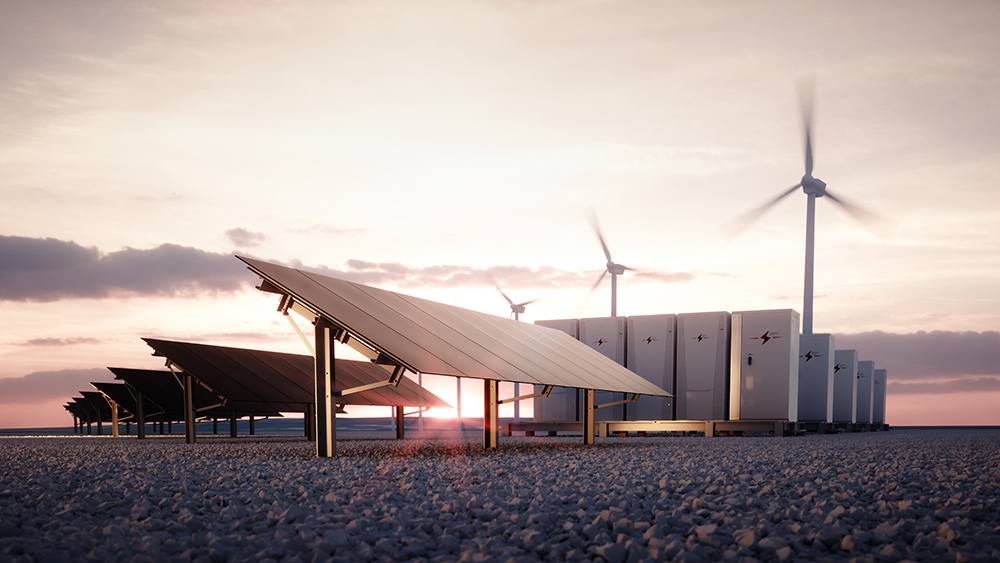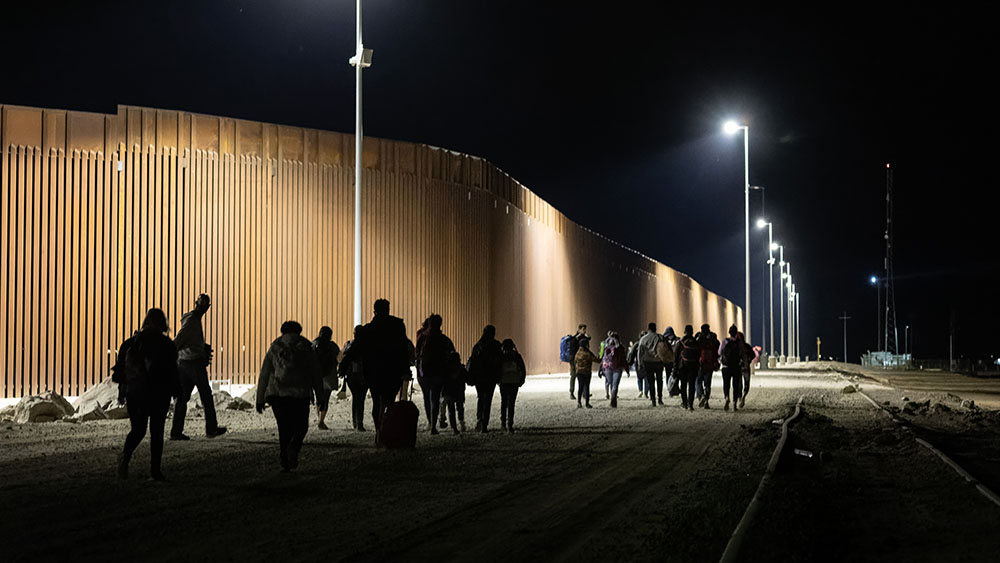Blackout risk soars 100-fold: DOE warns of grid crisis as energy policy collides with reality
07/11/2025 / By Willow Tohi

- DOE warns blackouts in the U.S. could rise 100x by 2030 due to closures of coal/natural gas plants without replacements.
- Retiring 104 GW of firm energy capacity and replacing it with mostly wind/solar could trigger 800+ annual blackout hours.
- Trump Administration blames “radical green policies” for grid instability, ending subsidies for wind/solar and prioritizing firm energy.
- Critics argue DOE’s analysis undervalues renewables and overestimates blackout risks while ignoring energy storage and grid modernization.
- National security concerns about overreliance on foreign energy supplies and rising electricity costs for households.
The Department of Energy (DOE) has issued a stark warning: the U.S. electricity grid could face blackouts increasing by a staggering 100 times by 2030 if outdated coal and natural gas plants are retired—and not replaced with reliable power sources. On July 7, the agency released its “Evaluating the Reliability and Security of the U.S. Electric Grid” report, projecting annual outage hours could jump from single digits today to over 800 hours annually, leaving millions without power during heat waves and peak demand. The crisis stems from a “mismatch” between retiring fossil fuel capacity and the inadequate replacement of intermittent renewables (wind/solar) to meet exploding energy needs from AI-driven data centers, reindustrialization and manufacturing.
Energy Secretary Chris Wright warned the risk is a product of “radical green ideology” that shuttered baseload power plants without viable long-term solutions, even as President Donald Trump’s administration now doubles down on energy security measures, including terminating subsidies for wind and solar. The report comes amid growing political and technical battles over balancing climate goals with grid reliability and national security imperatives.
A ticking clock: Retirements and reliability collide
The DOE’s analysis revealed four critical facts:
- 104 GW of firm generation capacity (coal, natural gas, nuclear) will retire by 2030, with just 22 GW of new firm capacity planned.
- 800+ annual blackout hours could occur if retirements proceed without urgent replacements, with high-risk areas stretching from Texas to the Pacific Northwest.
- AI and data centers will surge demand, requiring nonstop power that wind/solar cannot meet without costly battery backups unlikely to scale in time.
- Even with no retirements, installations projected under current policies fail to meet growing loads, increasing regional outage risks by 30x.
“This isn’t hype — it’s math,” said Wright. “Faucets are closing, and the tank is draining faster.” The DOE blamed Biden-era policies pushing for carbon-free electricity by 2035 for accelerating retirements, while slower permitting processes under Biden stymied new nuclear and natural gas plants.
Trump’s regulatory hammer: Ending radical green subsidies
To reverse course, the Trump administration has deployed aggressive measures since his January 2025 election. Key actions include:
- Signing an executive order in April 2025 declaring an “energy emergency” and prioritizing firm power generation.
- Terminating tax credits for solar/wind projects, including phasing out clean energy investment tax credits by 2027, and ending reverse discriminatory permitting pathways.
- Blocking imports of solar panels and lithium batteries from China, citing national security risks.
“The grid’s not a science experiment,” Trump stated in a July 7 speech. “We’re getting China out of our energy future — and getting back to reliable, American energy.”
The administration cited China’s dominance in solar panel manufacturing (90% of U.S. imports) and lithium extraction as threats requiring urgent policy shifts.
Criticisms mount: Renewables advocates shuttle models vs. DOE data
Clean energy stakeholders deride the report as skewed. Caitlin Marquis of Advanced Energy United called it an “overly pessimistic” forecast, noting that “DOE’s models ignore energy storage innovations and regional diversification of renewables.”
The Sierra Club’s Greg Wannier accused the agency of “advocating for decades-old coal plants that pollute community health,” arguing federal regulators like the Federal Energy Regulatory Commission (FERC) already ensure grid stability without emergency overreach.
Legal challenges loom. Earthjustice and others sued DOE to reverse its May emergency order delaying a Michigan coal plant’s retirement, claiming the agency lacks authority to override state decisions.
From “all-of-the-above” to ideological divide
The grid crisis crystallizes a divide born in the Biden years, when $369 billion in Inflation Reduction Act incentives fast-tracked wind/solar expansion while depleting fossil fuel incentives. Utilities hastened coal retirements, betting on renewables plus batteries.
A shift occurred in 2024, as rolling blackouts during Texas heatwaves exposed solar’s limitations at night. Grid operators began prioritizing “firm” capacity, prompting states like Texas and Florida to revive gas plant construction.
Rolling blackouts or rolling back progress? The dawn of energy realism
The debate transcends technical details: it’s about whether the U.S. can pivot to renewable energy without crippling its economy, endangering at-risk populations, or ceding technological leadership to China.
Wright’s DOE report underscores a message increasingly resonating in conservative circles: energy policy must treat reliability as sacrosanct. “Giving China control over your power switch is new-world colonialism,” Wright said. Yet, wholesale rejection of renewables risks economic and geopolitical isolation.
For now, the grid faces a triage scenario: old plants survive on extended emergency orders, while states like Florida push “green hydrogen” as a bridging fuel. The countdown is on: 2030 comes fast.
Sources for this article include:
Submit a correction >>
Tagged Under:
big government, blackouts, Collapse, Department of Energy, electricity, energy supply, green ideology, green living, Green New Deal, green subsidies, green tyranny, lithium, national security, new energy report, nuclear, power, power grid, renewables
This article may contain statements that reflect the opinion of the author
RECENT NEWS & ARTICLES
COPYRIGHT © 2017 NATIONAL SECURITY NEWS






















